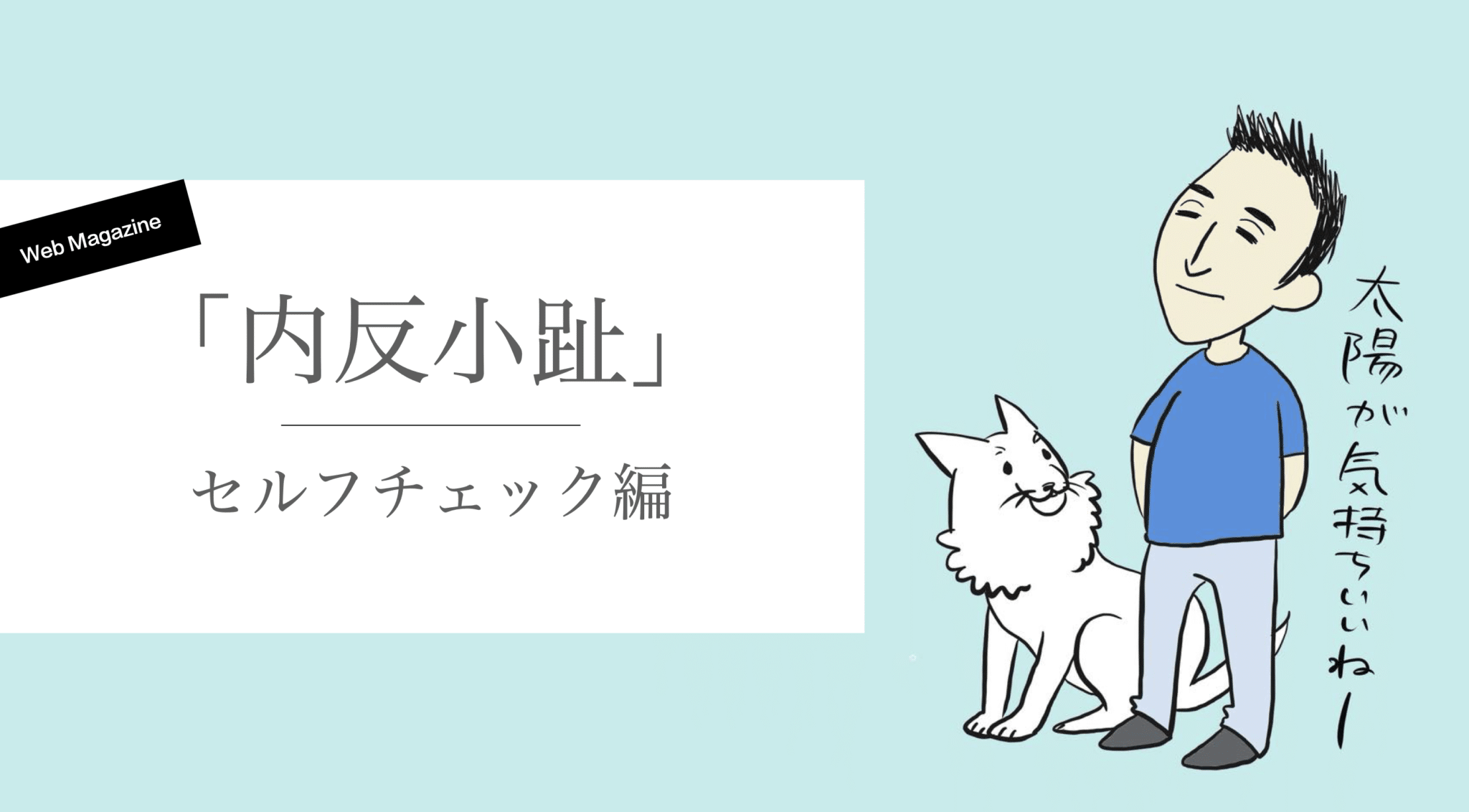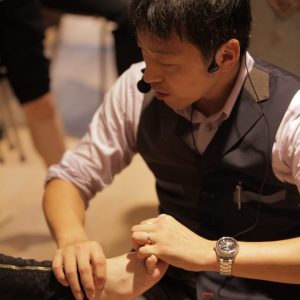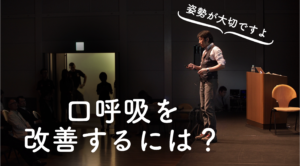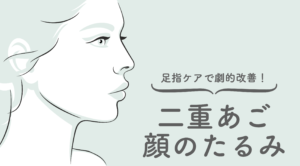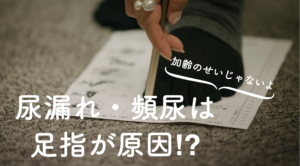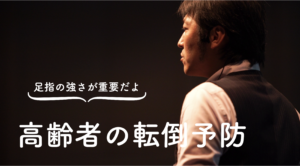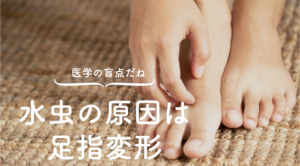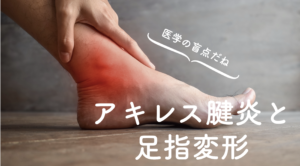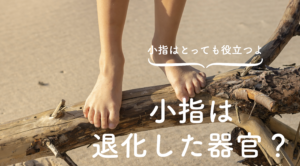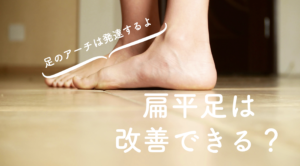Commentary by a toe doctor

YOSHIRO YUASA
Keiro Yuasa
Dr. Toe, Director of Toe Research Institute, President of Japanese Society of Functional Foot and Toe Therapy, and developer of Halmek shoes. Former director, vice president, and medical director of General Hospital. He specializes in exercise physiology and anatomy. He is also a foot and shoe specialist and a leading expert in postural occlusion therapy. He has cured various orthopedic diseases (over 70,000 people) with toe therapy alone.
Diagnosis of Hallux Valgus
How to do a self-check of hallux valgus
interpoint (interword separation)What to prepare: ballpoint pen, ruler, or other straight object.
Self-check method using a ruler
.png)
Stand with both legs spread apart.
.png)
To look at the big toe, place a ruler on the outside of the foot. TheThe line of the ruler you applied is the original line of the little finger.It is.
.png)
If there is a gap between the ballpoint pen and the nail part of the little finger, the little finger is deformed. Insert your index finger into the gap.
(1) If they seem to be separated by a single line, then "hallux valgus".
(2) If they seem to be separated by two lines, then "Severe hallux valgus".
In the case of hallux valgus, even if it is severe, "surgery" is not recommended as in the case of hallux valgus. However, if the pain does not improve with shoe devices, pads, or insoles, or if the choice of shoes is difficult, surgery may be performed according to the patient's wishes.
Self-check method using a ballpoint pen
.png)
The same method is used with a ballpoint pen. First, place the ballpoint pen on the outside of your foot.
.png)
Float the ballpoint pen slightly so that it does not touch the floor and hit the outside of the foot.
The line of the ballpoint pen you applied is the original line of the little toe. The index finger is placed in the gap between the ballpoint pen and the nail of the little toe, but the level of the big toe is the same as before.
(1) One finger: Hallux valgus
(2) Two fingers: severe hallux valgus
Check for hallux valgus by looking at the skeleton.
.png)
What does the actual skeleton of the foot look like?
The place where the measurement is taken (where the ruler or ballpoint pen is applied) is,heel bone(Shokotsu) ...metatarsal(middle fast bone) ...basal bone (of the skull)(physeal bone).
.png)
The more the basal phalanx (the bone at the base of the little toe) leans inward in relation to the two bones (calcaneus and metatarsus), the more it becomes known as the "big toe.
Let's use the self check sheet for hallux valgus
Print it out on A4 size paper and put your foot on it. Deformities of the little toe are often overlooked, but since deformities of the little toe begin in elementary school, it is important to deal with them as early as possible.
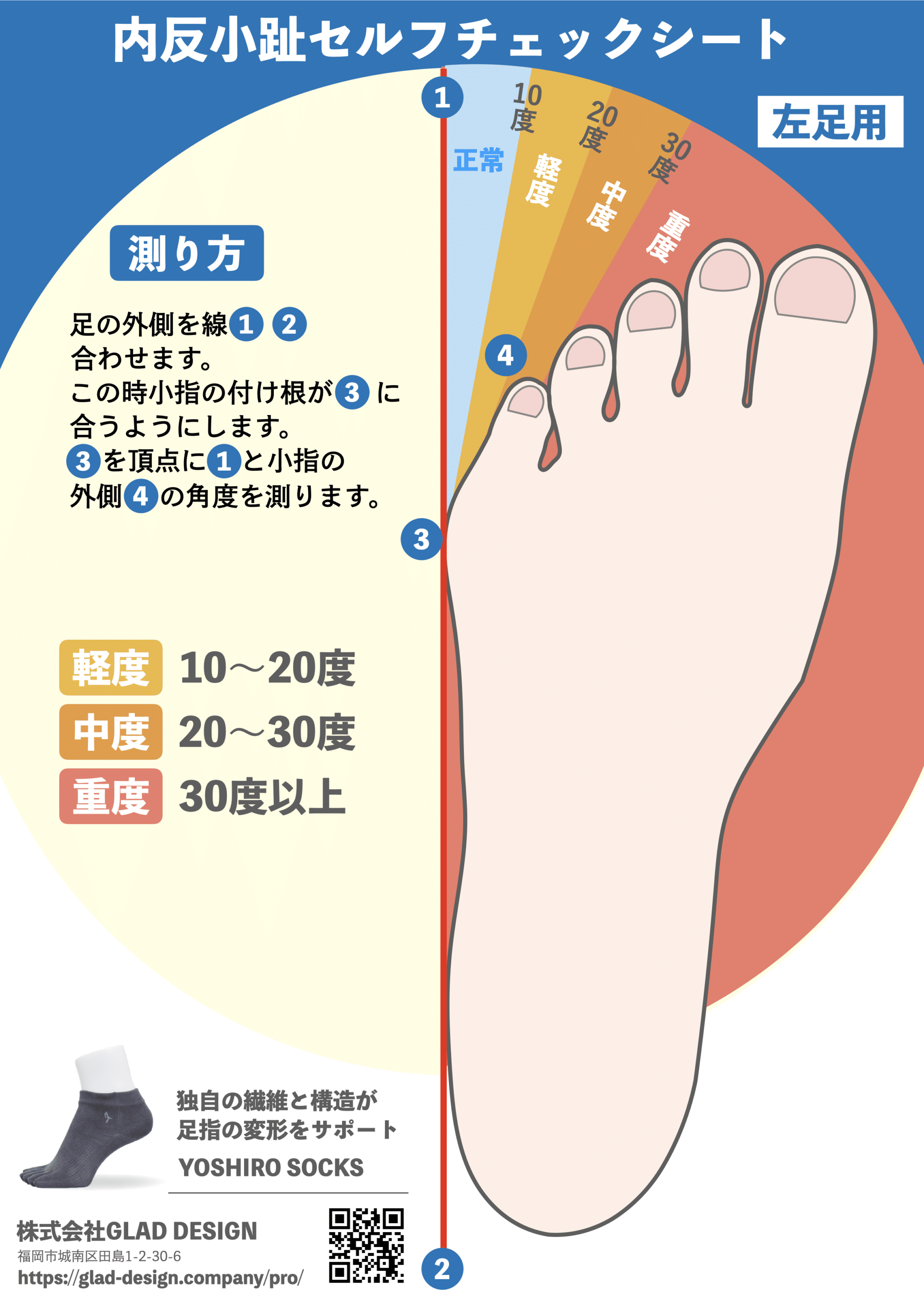

What is not good about having hallux valgus?
-1.png)
We can all imagine that the base of the little toe hurts when the big toe is bunion. What else could be wrong with it? The little toe keeps the foot from tilting outward.It acts like a "stopper."The following is a list of the most common problems with the
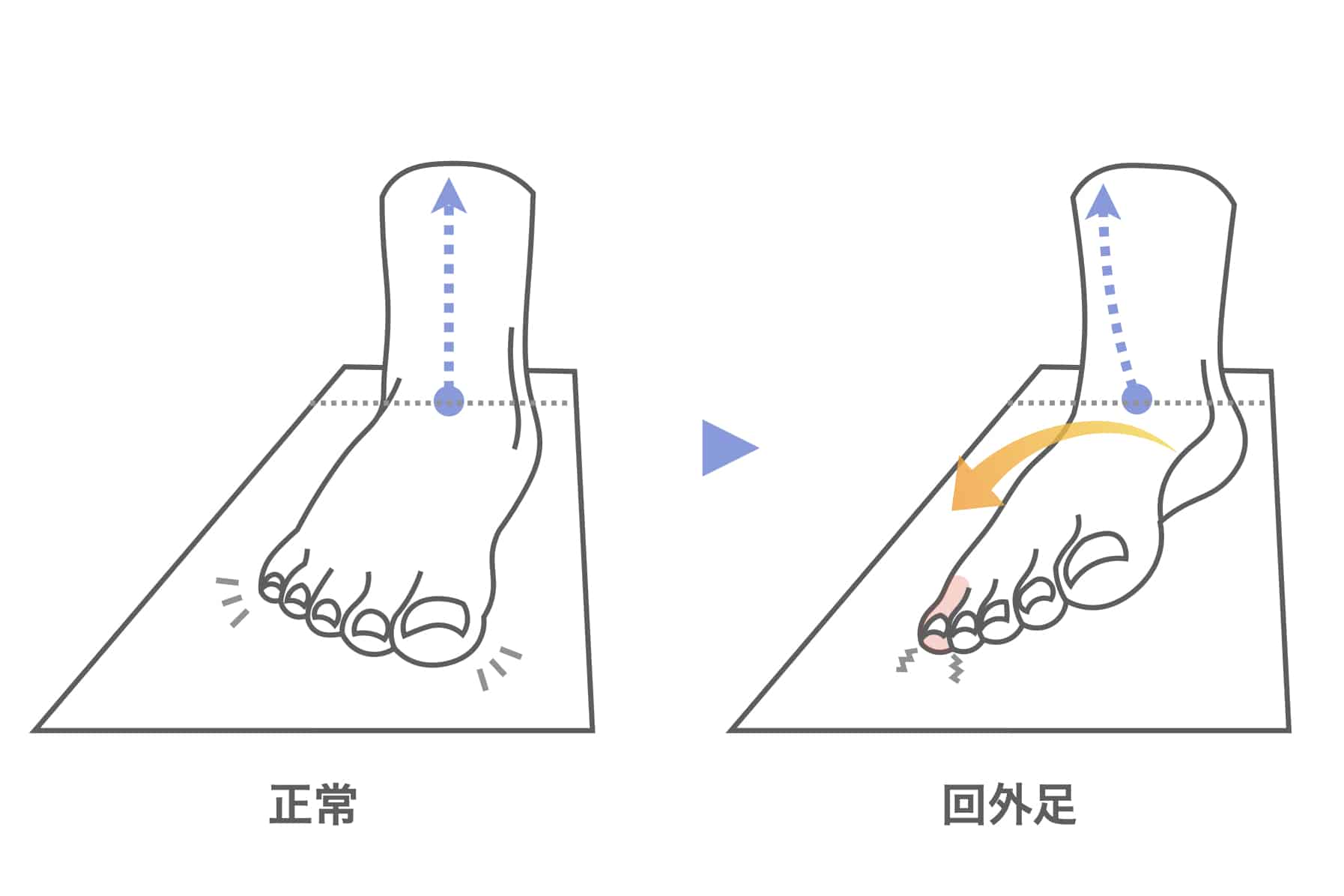
Therefore, when the big toe gets worse, the foot tends to tilt outward. When the foot tilts outward,Outward rotation → O-legs → leg length difference → pelvis distortion → spine distortion → left-right shoulder height difference → neck bone distortion → head tilt → facial muscle distortion→directional marker or indicatorPoor bite/alignment of teethleads to a variety of problems in the process (see symptom-specific articles for more information).
Turned out foot → ankle pain
O-legs → osteoarthritis of the knee, knee pain, hip pain
Pelvic distortion → swelling, cold, irregular menstruation, infertility, sciatic nerve pain
Distortion of the spine → hernia, stenosis, scoliosis, lumbago, back pain
Difference in shoulder height from left to right → stiff shoulders, frozen shoulders, rotator cuff tears, etc.
Distortion of neck bones → cervical herniation, stiff neck
Head tilt → cervical dystonia, imbalance, strabismus
Distortion of facial muscles → TMJ disorder, bite and teeth misalignment
Properly restoring the shape of the little toe is necessary to keep the entire body straight, not just the foot!It is.
Check out the video to see the correct view of hallux valgus!
Specialized evaluation and diagnosis of hallux valgus
The diagnosis of hallux valgus is based on the deformed angle of the little toe. A little toe is diagnosed when the bone of the little toe is bent more than 10 degrees toward the thumb; X-ray radiography reveals a deformity at the base of the little toe (fifth metatarsophalangeal joint) as well as a metatarsal bone (long bone in the middle of the foot) tilted outward and the toe tilted inward.
In hallux valgus, the metatarsophalangeal head of the fifth metatarsophalangeal joint protrudes outward due to internal rotation of the metatarsal bone and thickening of the soft tissue (bunion) at the metatarsophalangeal joint. There is no unanimous opinion in the medical world as to how many degrees or more of metatarsal metatarsal rotation is considered to be metatarsophalangeal hallux valgus, or how to measure it.(The big toe angle of the big toe is considered to be 10° or more.The following is a list of the most common problems with the
Diagnosis of Hallux Valgus
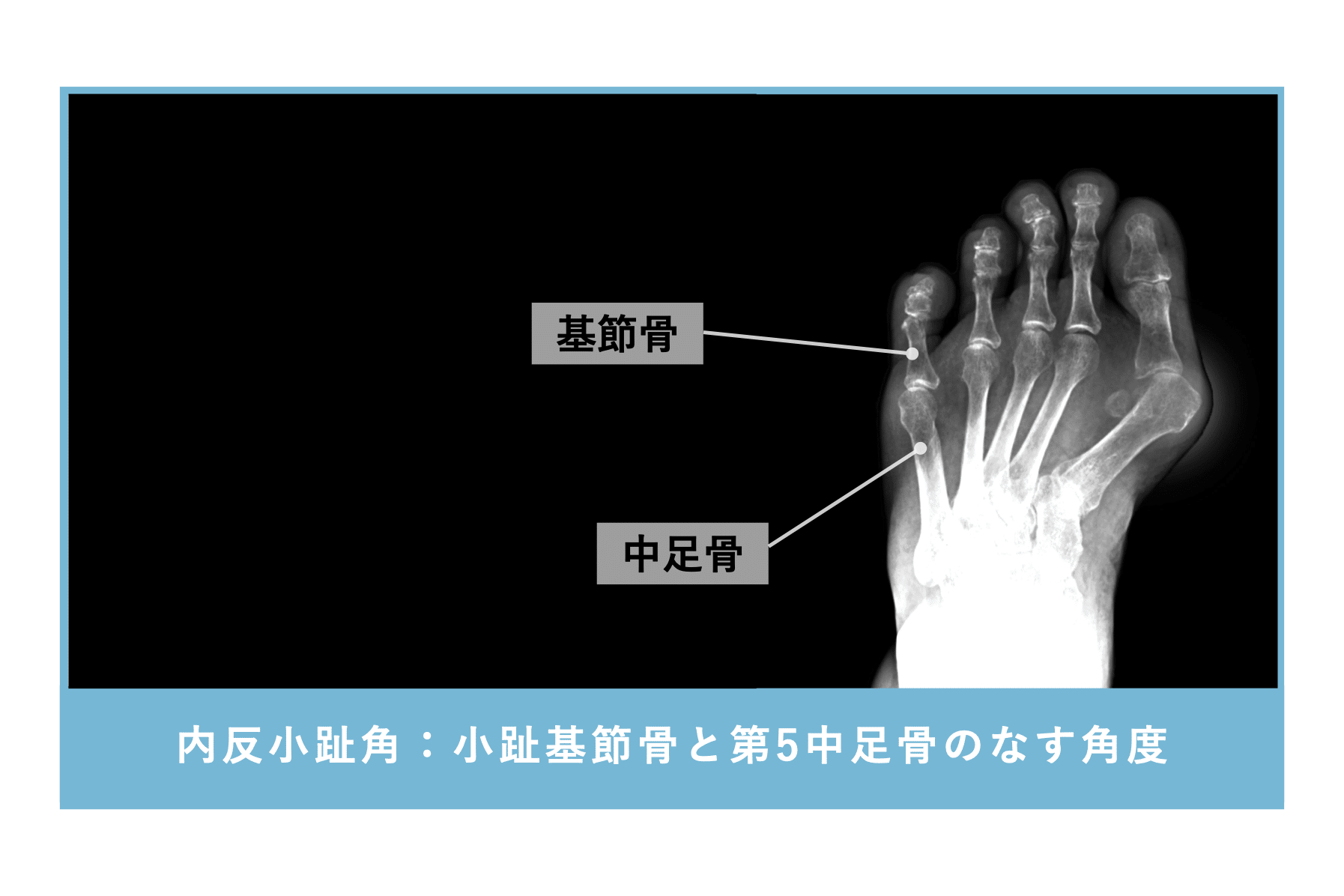
The diagnosis and severity of hallux valgus is generally evaluated by x-ray. The angle between the metatarsal axis of the big toe and the metatarsal axis of the fifth metatarsal on x-ray is the angle used to evaluate the degree of hallux valgus deformity of the big toe.Normal is 0-10°, moderate is 10-40°, and severe is >40°.The company is committed to
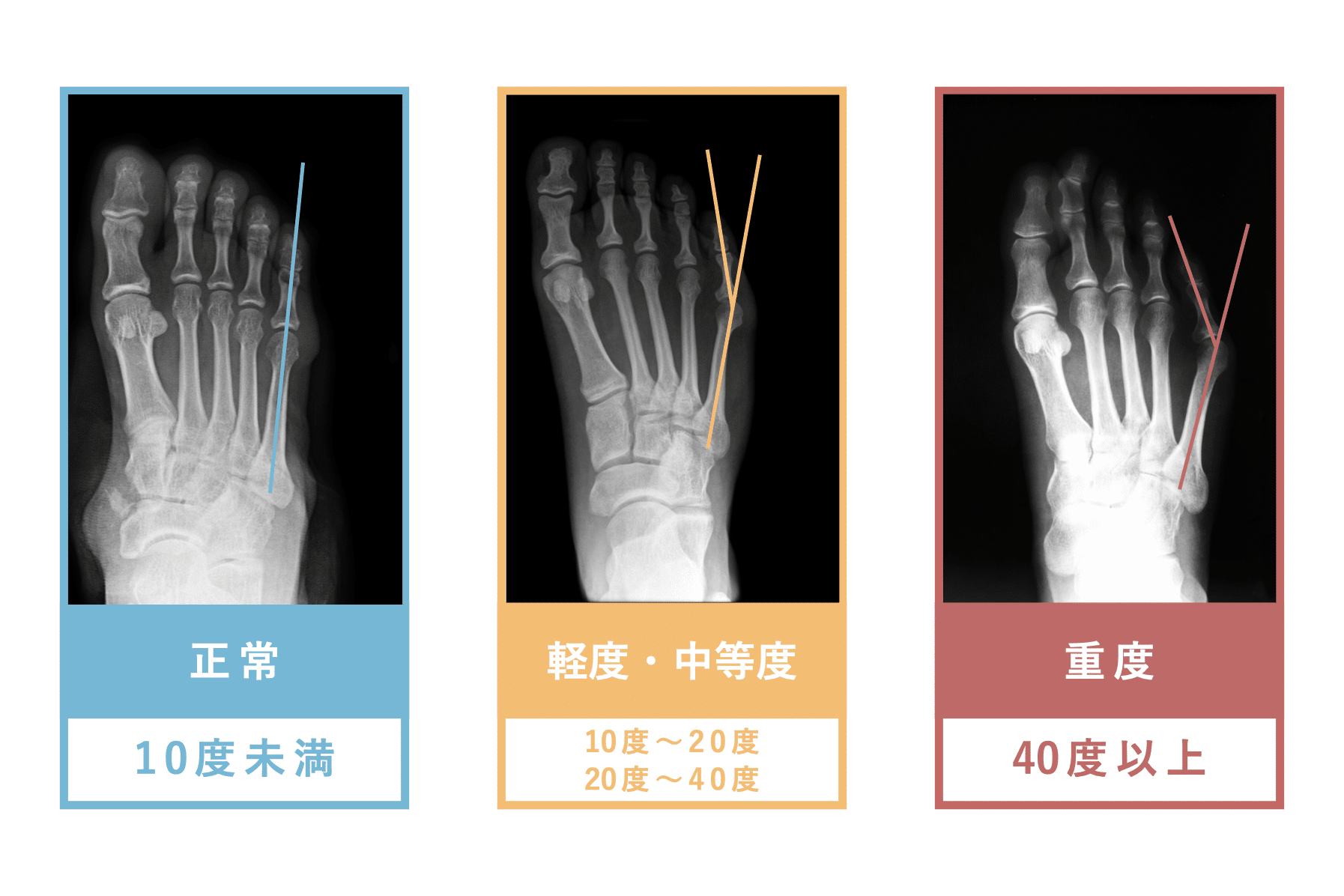
The diagnosis and severity classification of hallux valgus varies among researchers. Some orthopedic surgeons struggle with the diagnosis of hallux valgus because many people complain of pain in the bunion (base of the little toe) similar to that of hallux valgus but with little or no hallux deformity. We define at least a 10° angle of the big toe as hallux valgus.
How to heal hallux valgus
Here we would like to explain how you can solve the problem yourself, with general diagnosis, treatment, and causes. Please refer to the following sites

